
Cartographies of the heart
Five Acts of Love, a new exhibition at ACCA, maps the space in which memory, intimacy and resistance intersect.
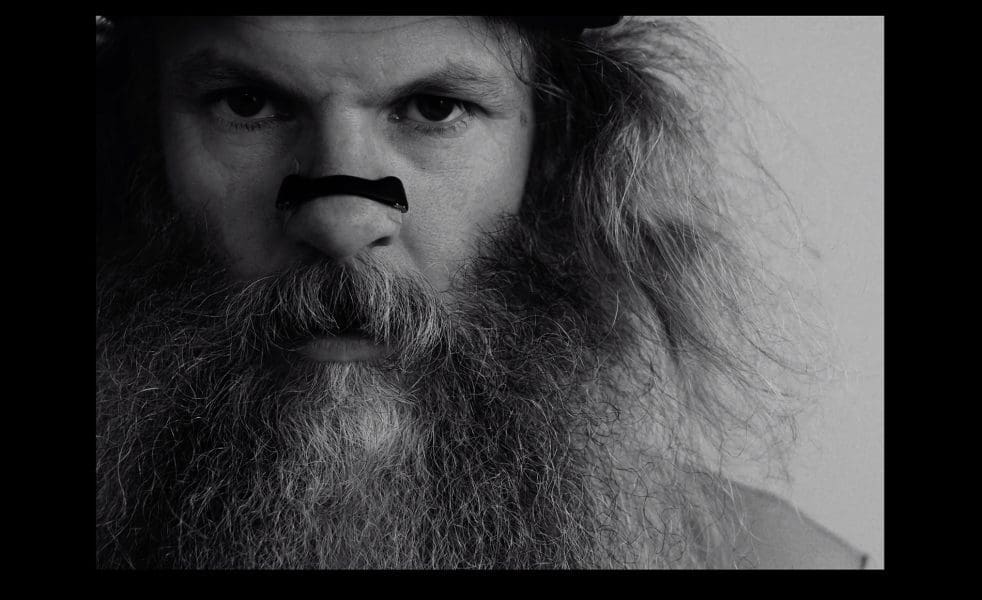
Shaun Gladwell, Homo Suburbiensis, 2020, (still) High Definition video (4K), colour, sound, 13 minutes 5 seconds. Cinematographer: Skye Davies. © Shaun Gladwell. Courtesy the artist & Anna Schwartz Gallery.
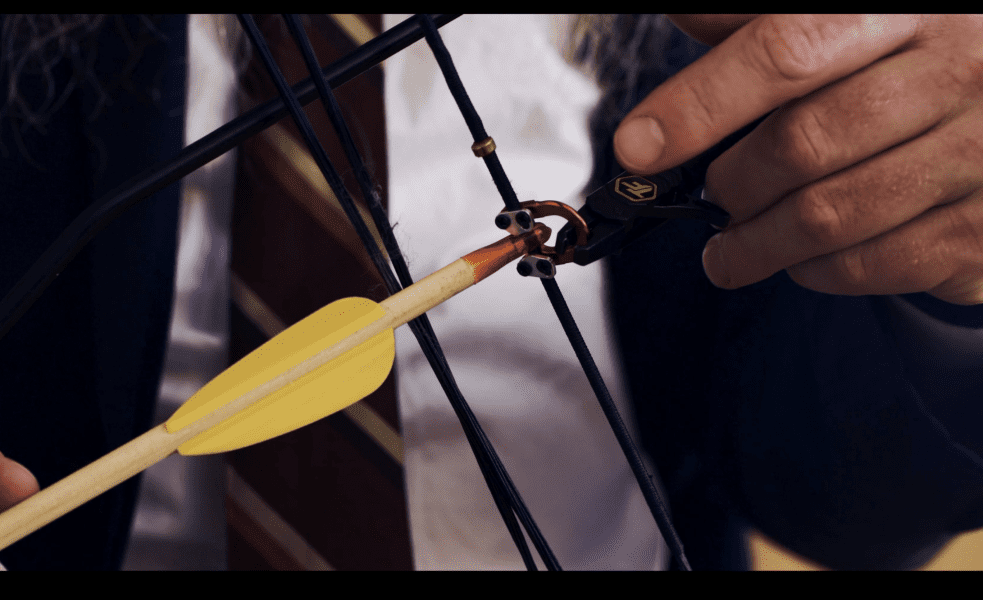
Shaun Gladwell, Homo Suburbiensis, 2020, (still) High Definition video (4K), colour, sound, 13 minutes 5 seconds. Cinematographer: Skye Davies. © Shaun Gladwell. Courtesy the artist & Anna Schwartz Gallery.
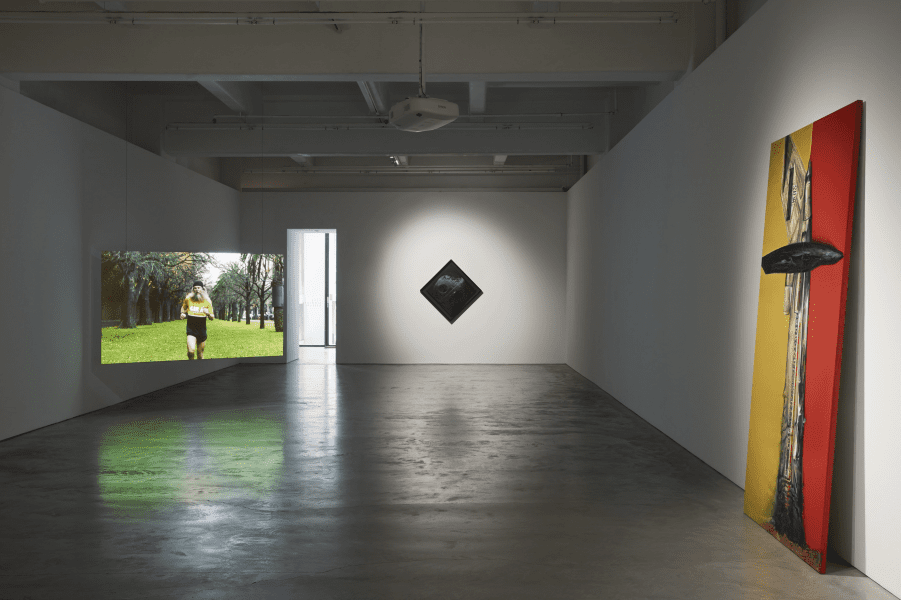
Shaun Gladwell, Homo Suburbiensis, 2021. Installation view, Anna Schwartz Gallery. Photo: Zan Wimberley. © Shaun Gladwell. Courtesy the artist & Anna Schwartz Gallery.
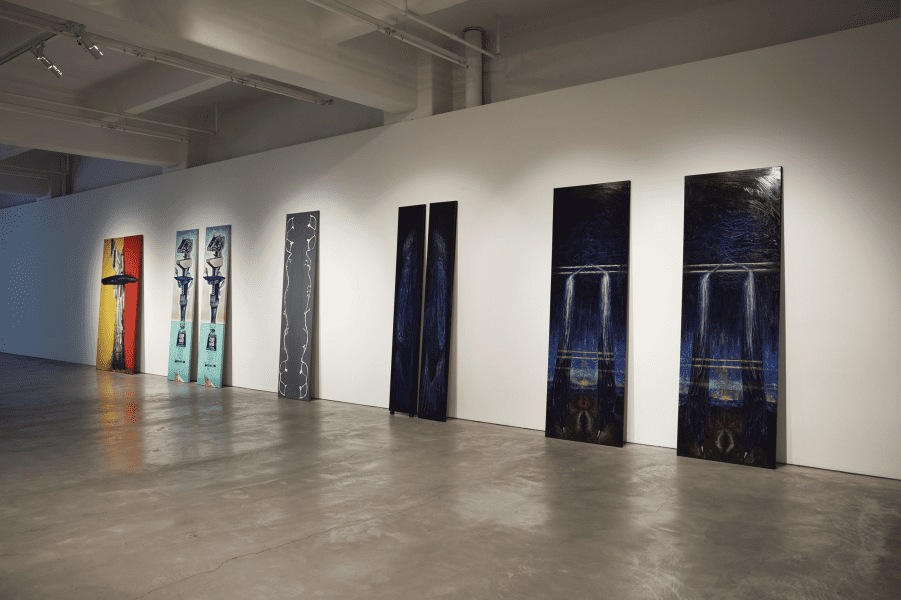
Shaun Gladwell, Homo Suburbiensis, 2021. Installation view, Anna Schwartz Gallery. Photo: Zan Wimberley. © Shaun Gladwell. Courtesy the artist & Anna Schwartz Gallery.
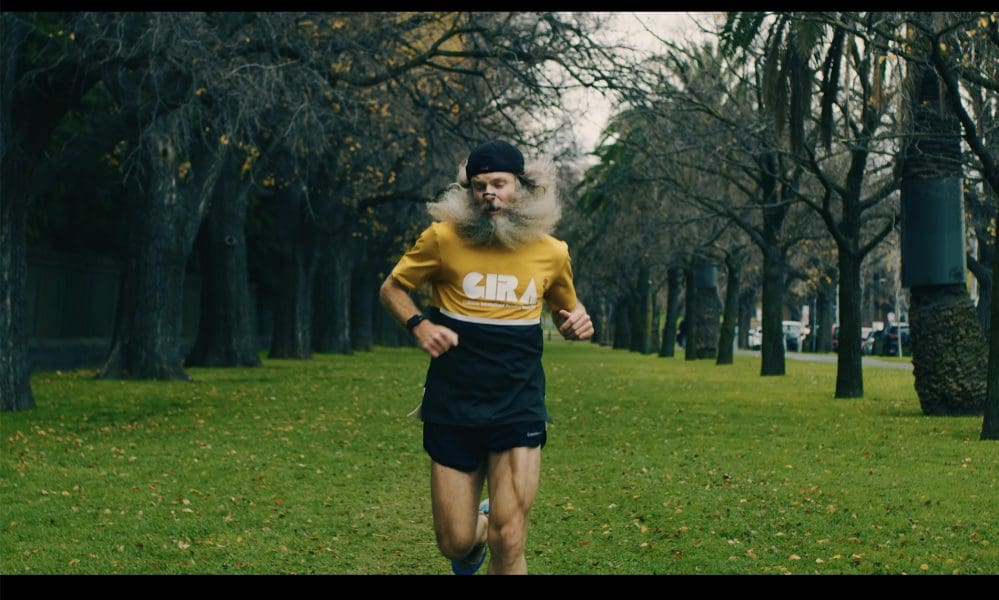
Shaun Gladwell, Homo Suburbiensis, 2020, (still) High Definition video (4K), colour, sound, 13 minutes 5 seconds. Cinematographer: Skye Davies. © Shaun Gladwell. Courtesy the artist & Anna Schwartz Gallery.

Shaun Gladwell, Homo Suburbiensis, 2020, (still) High Definition video (4K), colour, sound, 13 minutes 5 seconds. Cinematographer: Skye Davies. © Shaun Gladwell. Courtesy the artist & Anna Schwartz Gallery.
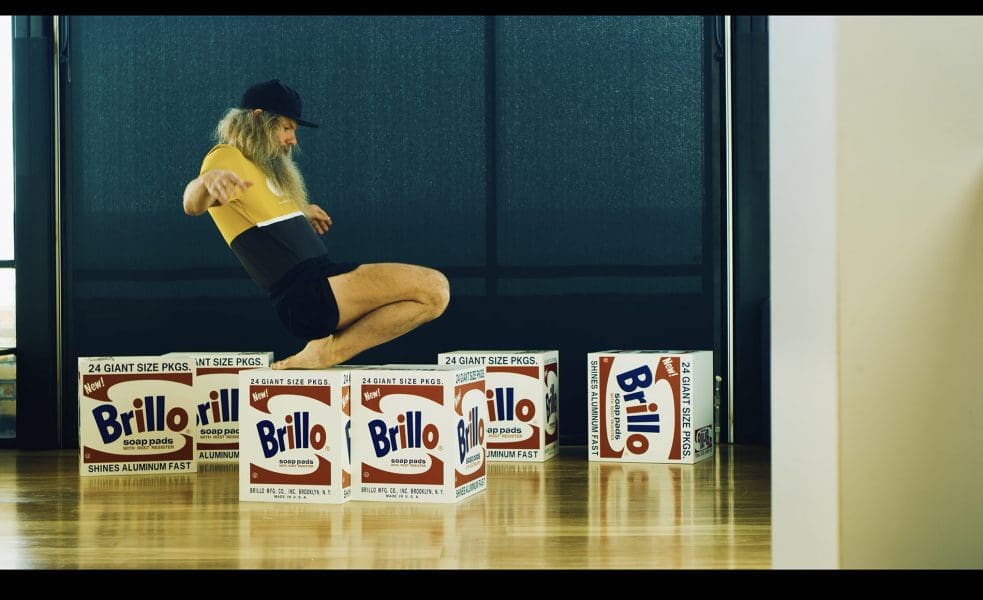
Shaun Gladwell, Homo Suburbiensis, 2020, (still) High Definition video (4K), colour, sound, 13 minutes 5 seconds. Cinematographer: Skye Davies. © Shaun Gladwell. Courtesy the artist & Anna Schwartz Gallery.
Shaun Gladwell has said that his artwork references “the sense of the body as a monument to its own potential power.” The body is the perpetual figure and subject of Gladwell’s work—the artist is famous for his slow-motion videos that bring skateboards, motorbikes, surf boards and BMXs into the gallery space. Yet his newest art seems to leave behind this boyhood territory to delve into domesticity and personal exercise, which arose with particular potency during Melbourne’s lockdown.
In his three-decade practice, Gladwell often captures bodies in temporallysuspended moments as they glide, sustain and orient themselves; as a viewer, it’s more like a meta-discussion of how we experience the experience of bodies. Homo Suburbiensis follows this charted course with one single-channel video work and a series of paintings. Propped against the gallery wall, the latter pieces draw upon Gladwell’s Anonymous Figures series from the 1990s and early 2000s, as well as the history of painting and graphic illustrations.
Meanwhile the video, which shares the same title as the exhibition and forms a dialogue with the paintings, looks at day-to-day actions: dancing, eating, running. At first separate, as the video progresses the actions merge, and are overlaid with pseudo-scientific narration. Keeping with Gladwell’s tendency to allude to art history in his works, the video also features references to historical works, such as Andy Warhol’s Brillo boxes being repurposed as yoga platforms.
Continuing his film-essay style—the style that saw him represent Australia at the 53rd Venice Biennale in 2009 and hold a major retrospective at Sydney’s Museum of Contemporary Art in 2019—this foray into domestic activities once again brings human movement to the fore.
Homo Suburbiensis
Shaun Gladwell
Anna Schwartz Gallery
6 February—24 April
This article was originally published in the March/April 2021 print edition of Art Guide Australia.